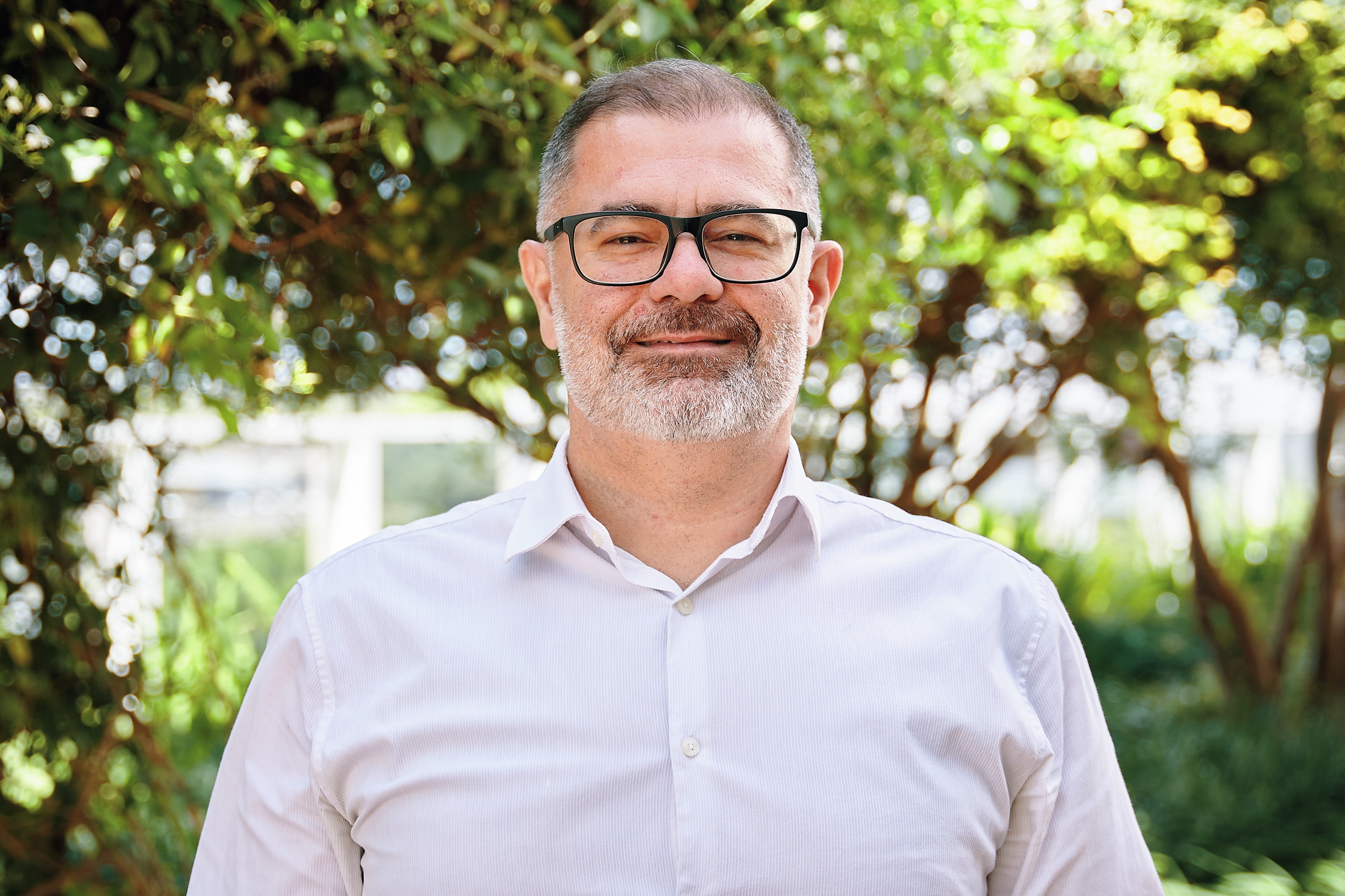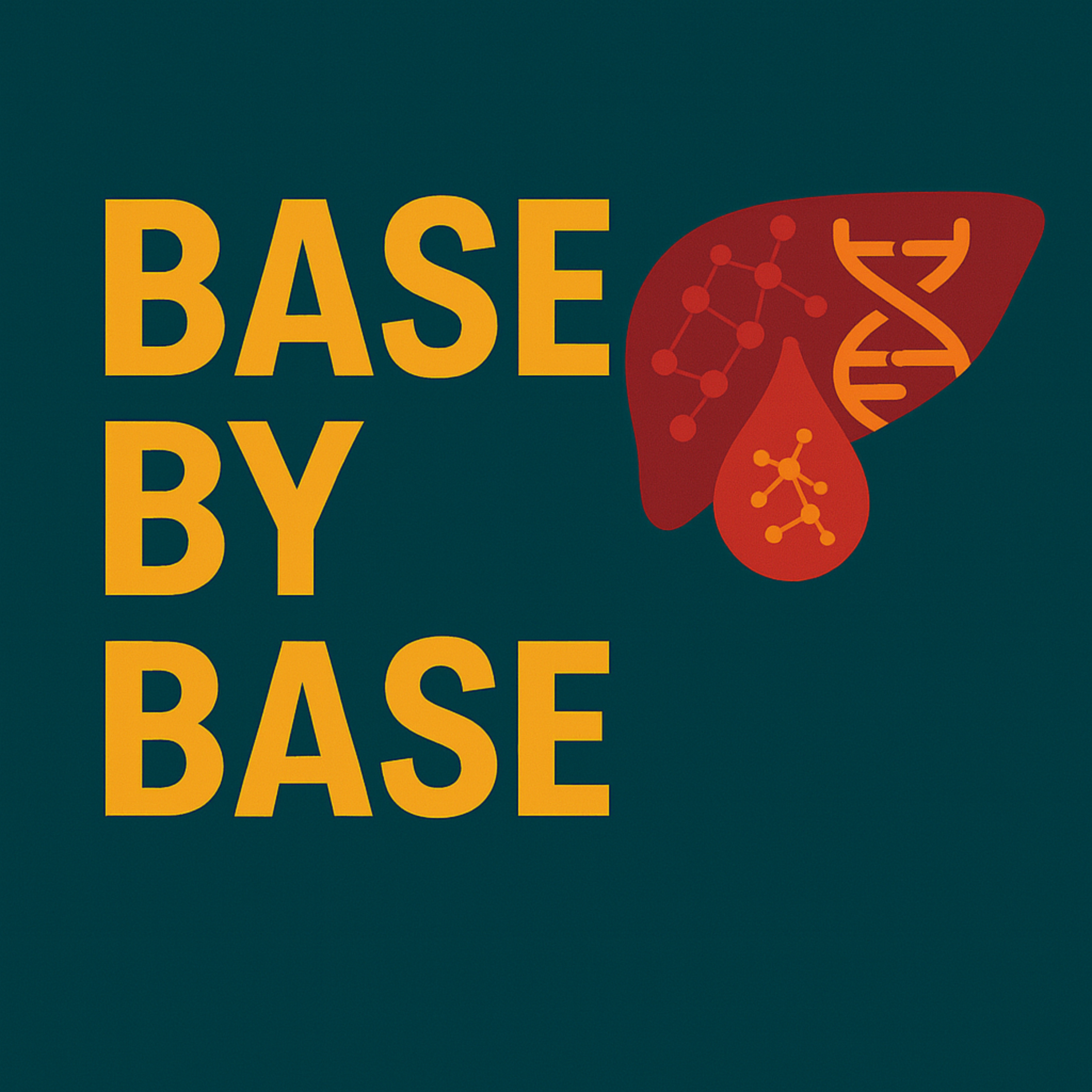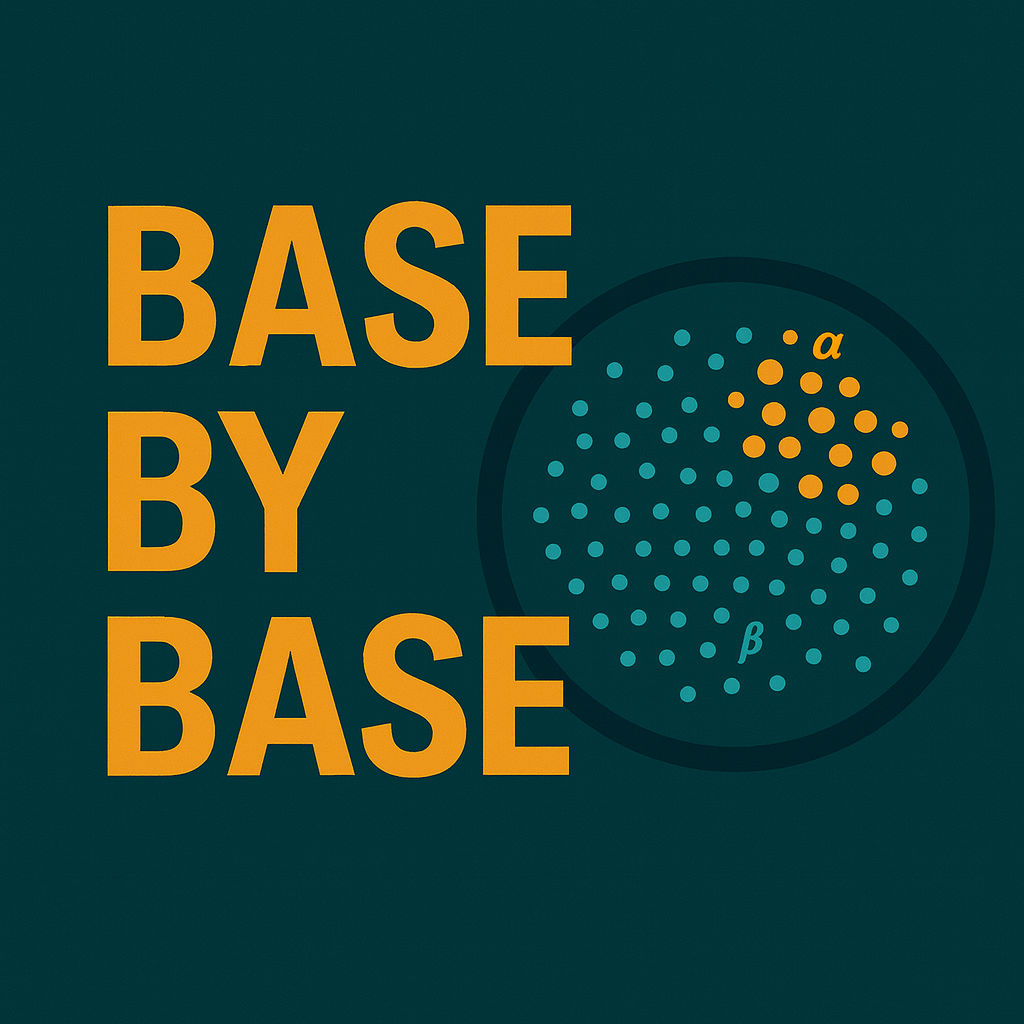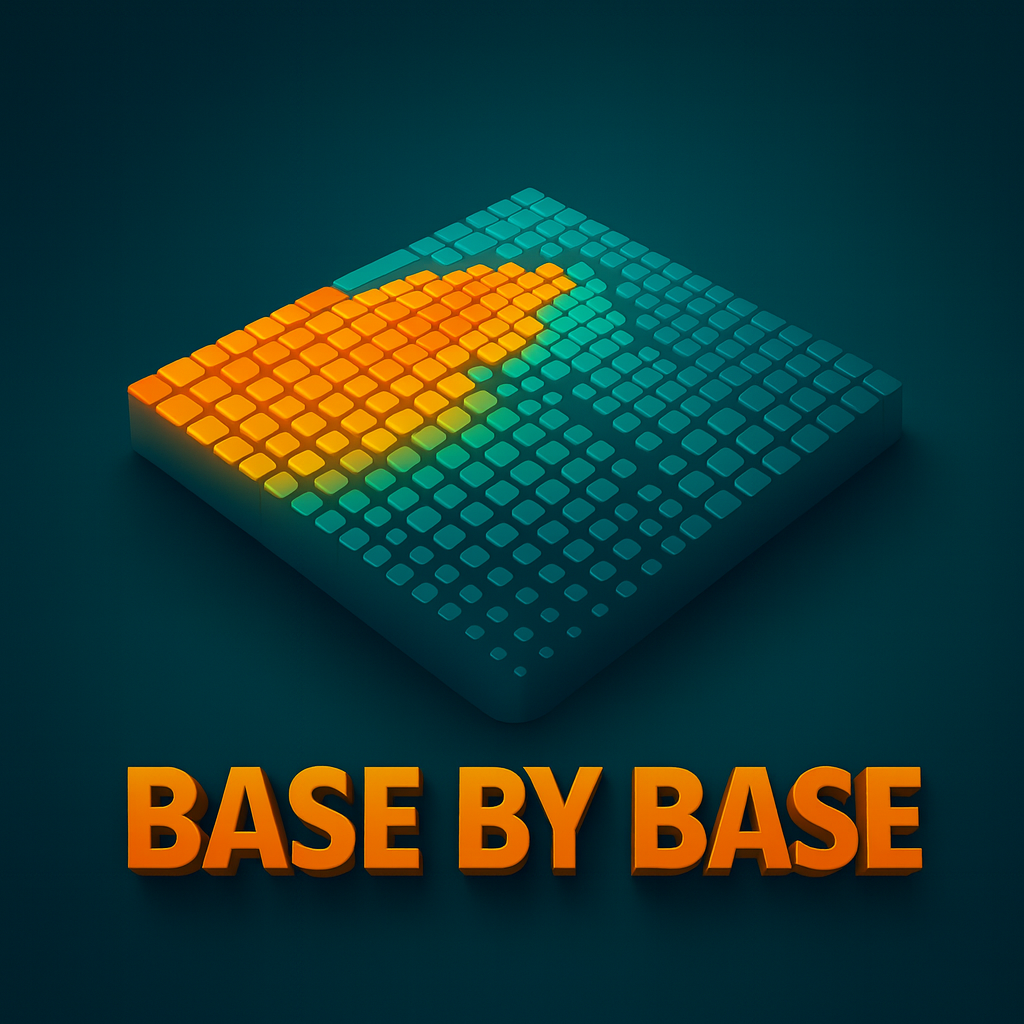Show Notes
️ Episode 87: Circulating cfDNA Methylation Reveals Allograft Injury Sources after Liver Transplant
In this episode of PaperCast Base by Base, we explore how sequence-based analysis of cell-free DNA methylation patterns can non-invasively monitor and differentiate cellular sources of allograft injury in liver transplant patients within the first post-operative month.
Study Highlights:
The authors performed hybridization capture-sequencing of bisulfite-treated cfDNA from 130 serial blood samples of 44 liver transplant patients. They mapped methylation signatures to an expanded atlas of cell-type-specific methylomes comprising hepatocytes, biliary epithelium, hepatic stellate cells, endothelial cells, and immune cells. They observed a transient increase across multiple tissue cfDNA signals immediately post-reperfusion followed by sustained elevation of hepatocyte and biliary epithelial cfDNA in patients with biopsy-proven allograft injury. They found that cfDNA methylation signatures could distinguish between hepatocellular, biliary, and mixed injury phenotypes and detected injury signals a median of 63 days before biopsy diagnosis. The study also linked cfDNA-derived cellular damage profiles with clinical enzyme levels and highlighted detection of extra-hepatic tissue damage such as neuronal and renal injury.
Conclusion:
Analysis of cfDNA methylation patterns offers a promising non-invasive approach for early detection and differentiation of allograft injury, paving the way for personalized monitoring and timely therapeutic interventions in transplant care.
Reference:
McNamara, M. E., Jain, S. S., Oza, K., Muralidaran, V., Kiliti, A. J., McDeed, A. P., Patil, D., Cui, Y., Schmidt, M. O., Riegel, A. T., Kroemer, A. & Wellstein, A. (2025). Circulating cell-free DNA methylation patterns indicate cellular sources of allograft injury after liver transplant. Nature Communications, 16, 5310. https://doi.org/10.1038/s41467-025-60507-9
License:
This episode is based on an open-access article published under the Creative Commons Attribution 4.0 International License (CC BY 4.0) – https://creativecommons.org/licenses/by/4.0/




